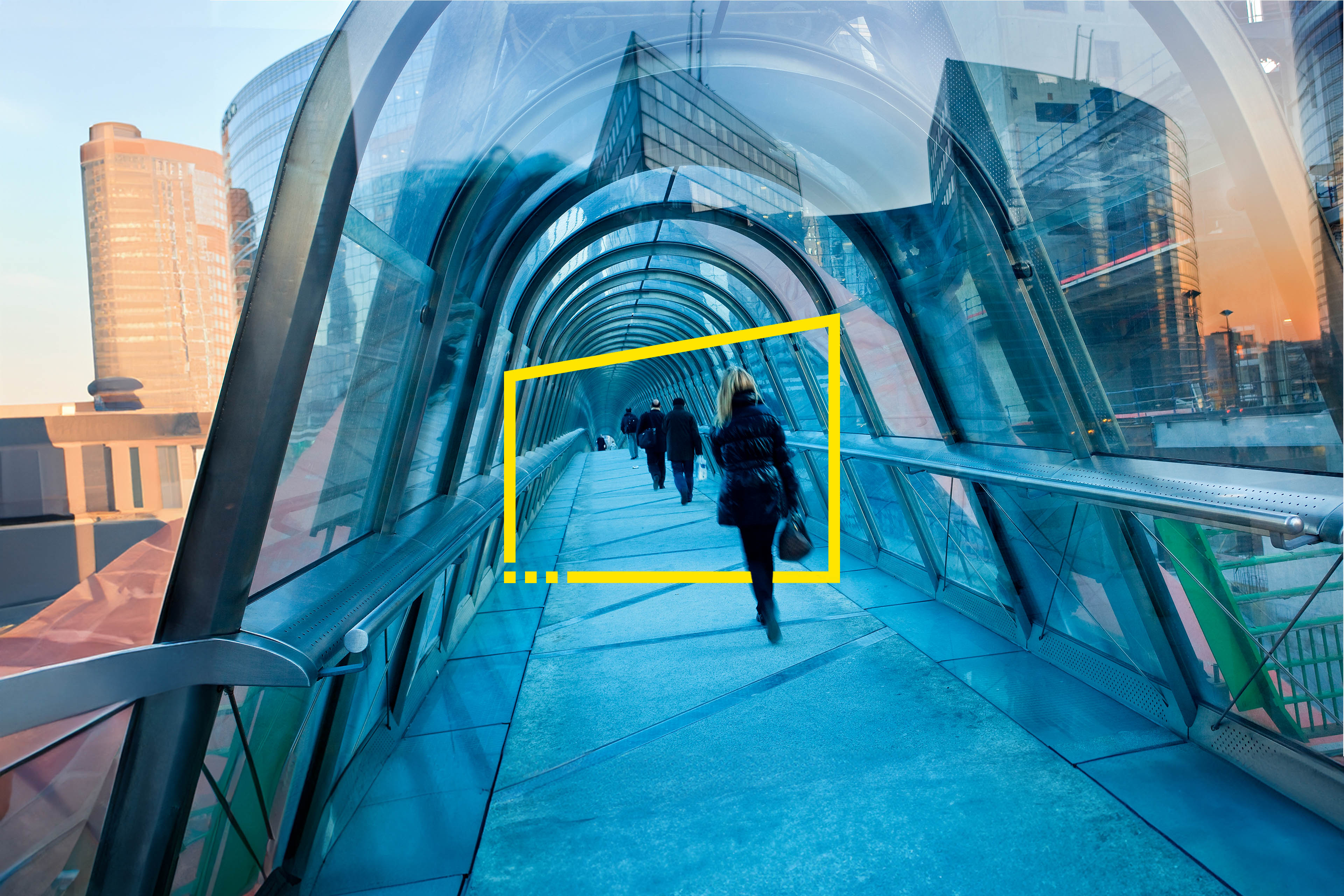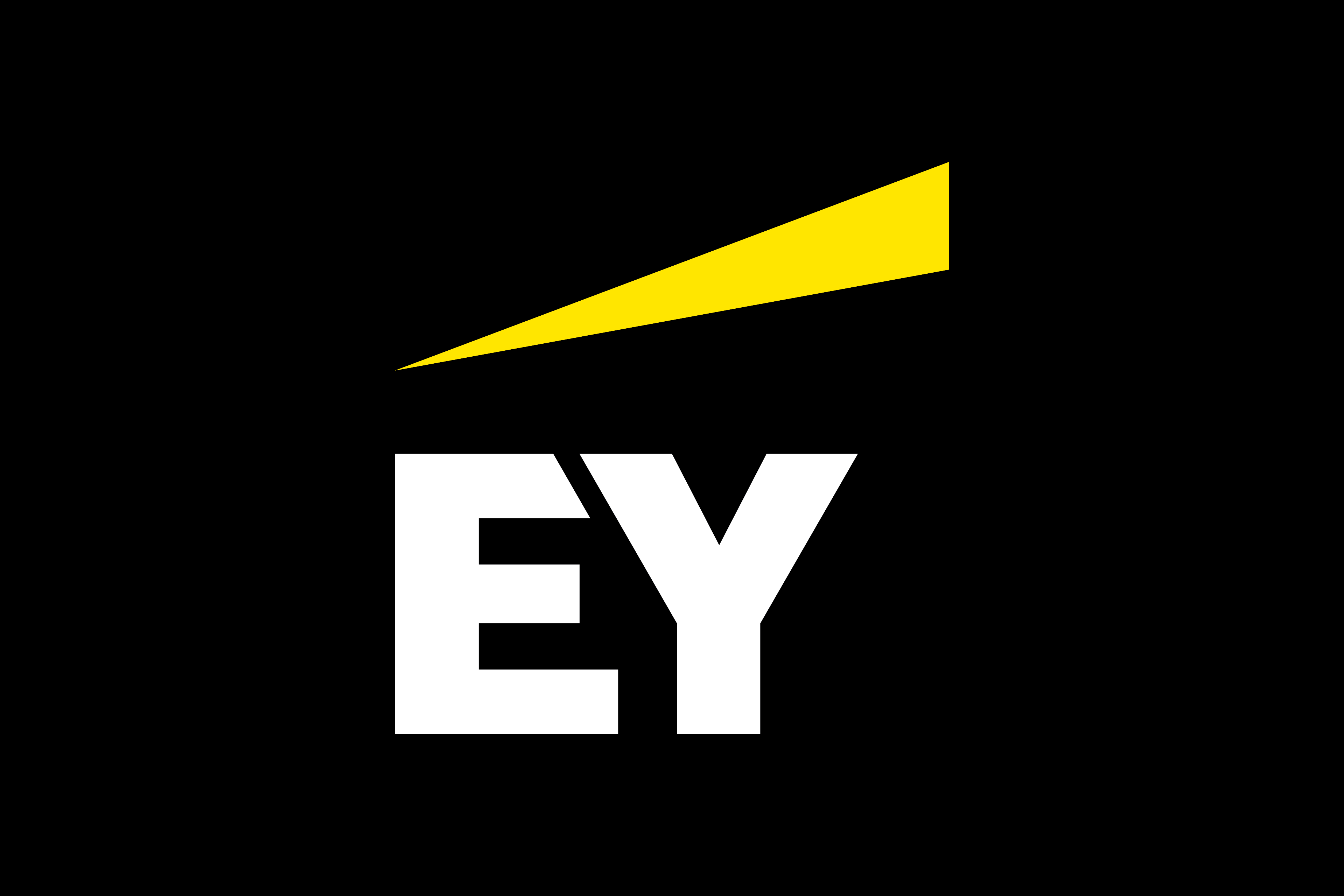EY refers to the global organization, and may refer to one or more, of the member firms of Ernst & Young Global Limited, each of which is a separate legal entity. Ernst & Young Global Limited, a UK company limited by guarantee, does not provide services to clients.

EY and the Rick Hansen Foundation: expanding accessibility through purposeful design
In brief
- By uniting around a shared purpose, design can address tough challenges.
- To seize that potential, you need trusted relationships and a human centric approach.
Pairing purposeful design with a strong relationship creates remarkable possibilities. In the social purpose context, the positive ripple effect of this approach grows exponentially. The right people, working strategically in a trusted environment, can transform design capabilities into better societal outcomes. Employing this approach can help organizations in Canada solve some of the toughest challenges.
Why is humans@centre the heart of great — and effective — design?
Taking a human-centred approach is crucial for success. EY research carried out with Oxford University shows that 96% of transformation programs experience a turning point capable of pulling programs off track. Navigating those moments effectively can double the likelihood that a transformation program overperforms its key performance indicators (KPIs) and accelerates progress.
As designers, we emphasize the importance of prioritizing users — customers, patients, citizens — when developing digital experiences. Focusing on the end user allows us to develop applications that are intuitive, frictionless and capable of fostering brand loyalty and organizational success.
Digging deeper, applying that principle to the way designers and organizations collaborate can drive similarly impactful results. When purposeful design is rooted in human relationships, possibilities abound. Research supports this, encouraging uptake of eight organizational qualities — including trust, meaningful purpose and collective cooperation — to create cultures and work environments where people feel a sense of belonging. In these types of workplaces and cultures, people are empowered to achieve their full potential.
At EY Design Studio, we see this in practice daily. This is why we proactively pursue engagements with organizations that seek a real collaboration.
What does that look like? Successful organizations:
- Bring designers into the process early to shape plans from the ground up.
- Share a meaningful vision for their goals, the change they want to effect or the impact they hope to make so we can tailor multidisciplinary teams to achieve those outcomes.
- Collaborate seamlessly, contributing capabilities and skillsets back and forth as we pursue shared objectives.
And it works. Our years-long codevelopment with the Rick Hansen Foundation is a key example of what’s possible when trusted collaboration underpins design.
What is the Rick Hansen Foundation and how are we helping them expand accessibility?
Rick Hansen’s Man in Motion wheelchair marathon spanned 26 months, 34 countries, 40,000 km and $26 million raised to change perceptions about people with disabilities. Since its inception in 1988, the Rick Hansen Foundation has built on the marathon’s legacy, removing barriers, changing attitudes, and funding spinal cord industry research and care.
In that spirit, the Rick Hansen Foundation Accessibility Certification™ is a made-in-Canada program that rates, certifies and showcases accessible public buildings.
Launched in 2017, this one-of-a-kind registry empowers organizations to provide universal access to safe, inclusive and accessible public spaces so more people can participate and live to their full potential.
The registry itself represents remarkable promise to help progress inclusion, particularly for the 1.3 billion adults globally — and one in four Canadians — who currently live with a disability. It was created to enable building owners to certify a property’s accessibility.
But several years into its existence, not enough people knew the service even existed. The registry had rated a few thousand buildings in an addressable population that allied hundreds of thousands. This lag was due in part to the registry’s primitive nature: it wasn’t user friendly and the design itself wasn’t accessible to all audiences. The digital registry required human intervention to work well, complicating workflows and limiting its ability to integrate with other systems. What’s more: the Foundation lacked control and ownership of the registry, relying on a third party to manage it.
By 2022, the Foundation was looking for a partner to redesign the registry, making it easier for more public and private sector stakeholders to tap into these resources and create more accessible buildings. We were thrilled and honoured to help.
A trust-based collaboration to fuel design success
Inspired by the Rick Hansen Foundation’s mission and the registry’s goals, we assembled a team to codevelop a reimagined digital registry.
What stands out from this approach? Together, we:
- Teamed effectively. At EY, we united service design, business analysis, project management, and agile and user interface/user experience (UI/UX) leaders to collaborate effectively with the Rick Hansen Foundation. We conducted an in-depth discovery phase to identify user pain points in the existing registry and created a journey map based on their needs. Through open communication and collaborative work, everyone was aligned from day one.
- Transformed the user journey into a tailored registry that accommodates varying abilities. Throughout the design, testing, deployment, maintenance and continuous improvement phases, we helped Foundation build internal capacity in these areas. This collaboration led to a more usable registry, all the while equipping the client with new skills applicable across their organization. Our learnings from this collaboration have also informed EY Canada’s own built environments. We’re now pursuing certification with the Foundation. Both teams grew through this project, which significantly amplified the impact of our work.
- Built digital solutions that adhere to WAG 2.0 standards, enabling usability for a diverse audience. With the Rick Hansen Foundation, we deepened this commitment by understanding the end user and assembling an inclusive team for testing. We included individuals with physical disabilities, and hearing and visual impairments, as well as neurodivergent testers so they could confirm the registry met their needs. This distinctive process required collaboration from both organizations to succeed.
Data-backed results to support accessibility at scale
This collaborative model worked. By the numbers, the new registry has supported more than 2,000 ratings, 1,200 users and 600 organizations — enabling these stakeholders to create a more accessible world.
Bigger picture, modernizing the registry has enabled the Foundation to continue making improvements and growing its impact. The organization now has a robust digital registry in place. Together, we’re adding new features, launching a French-language version and incorporating capabilities that extend the registry’s reach internationally. This includes bringing in AI to allow the organization to better understand data and develop targeted strategies for growing reach and connecting with other organizations in Canada and around the world. As traction increases and awareness grows, more stakeholders are prioritizing accessibility in new construction standards, like the consideration of LEED standards. That’s impact at scale.
Summary
Teams built on trust and focused on people can use design to achieve aspirational goals. Reframing design teams in this way empowers groups across Canada to address difficult challenges, seize big opportunities and drive positive change.



